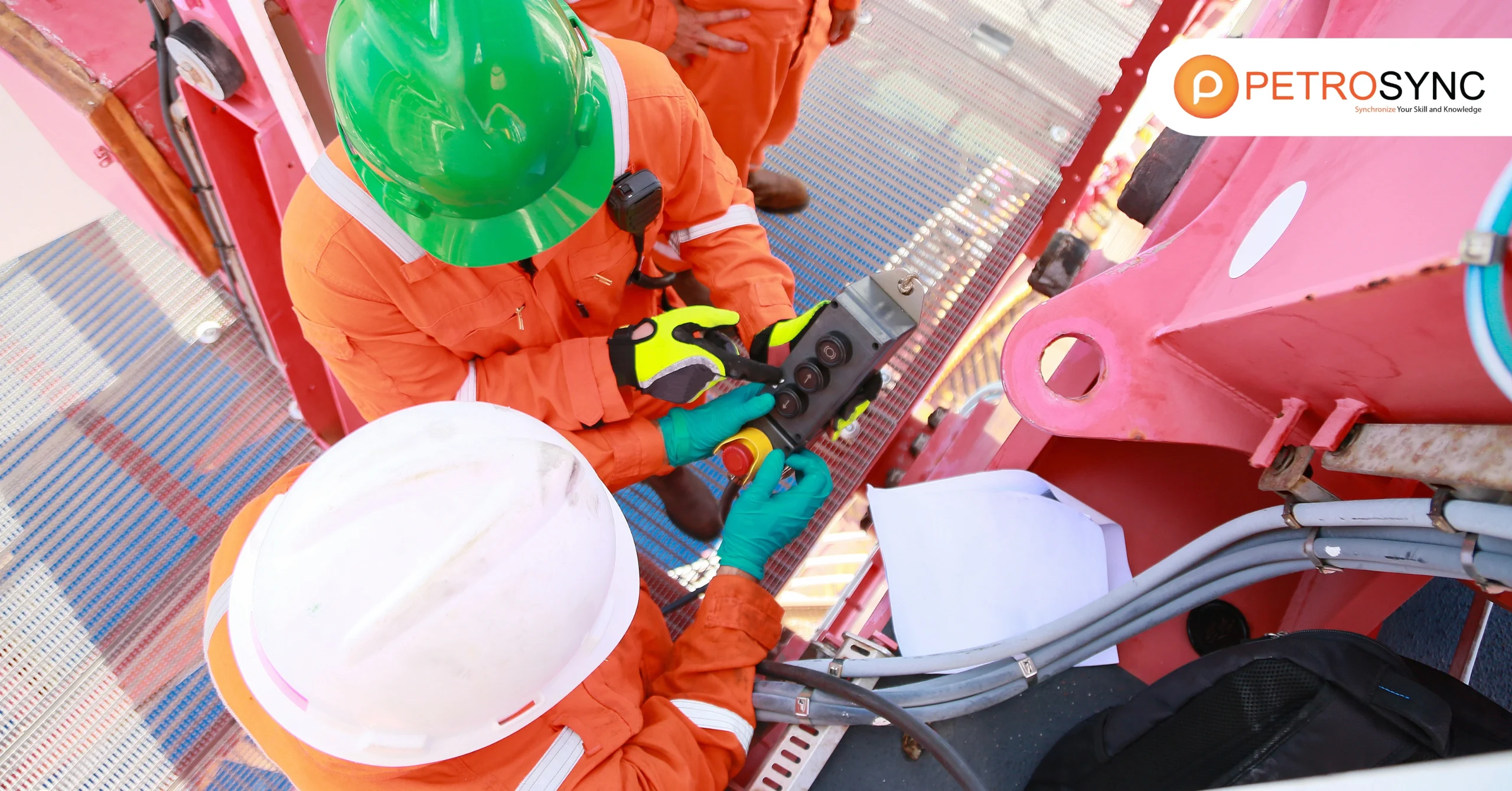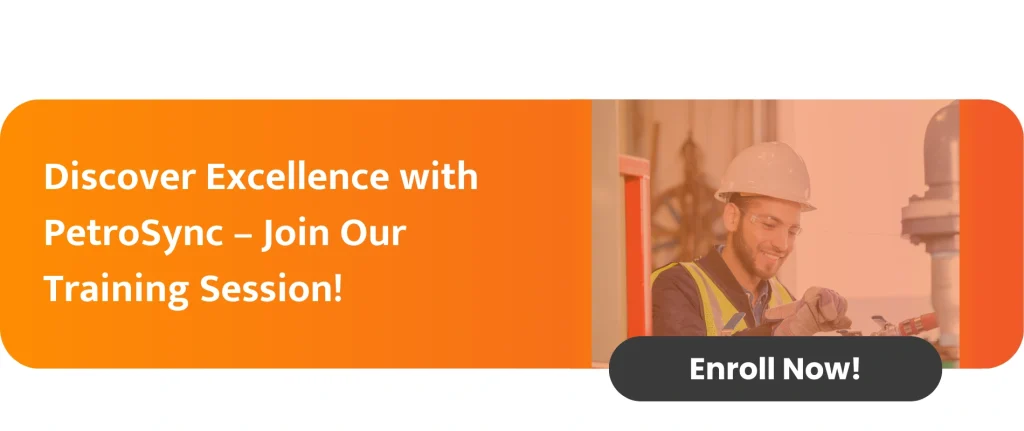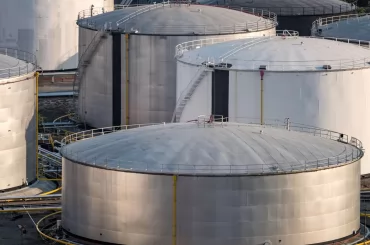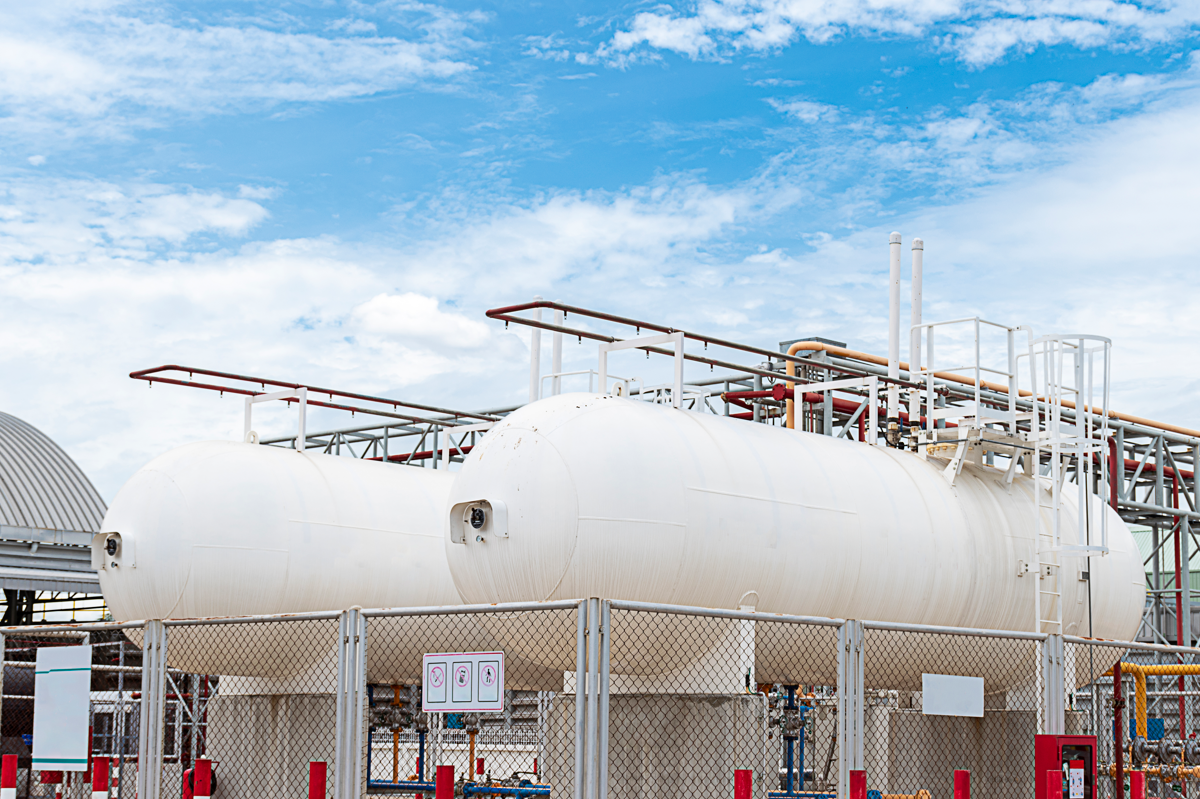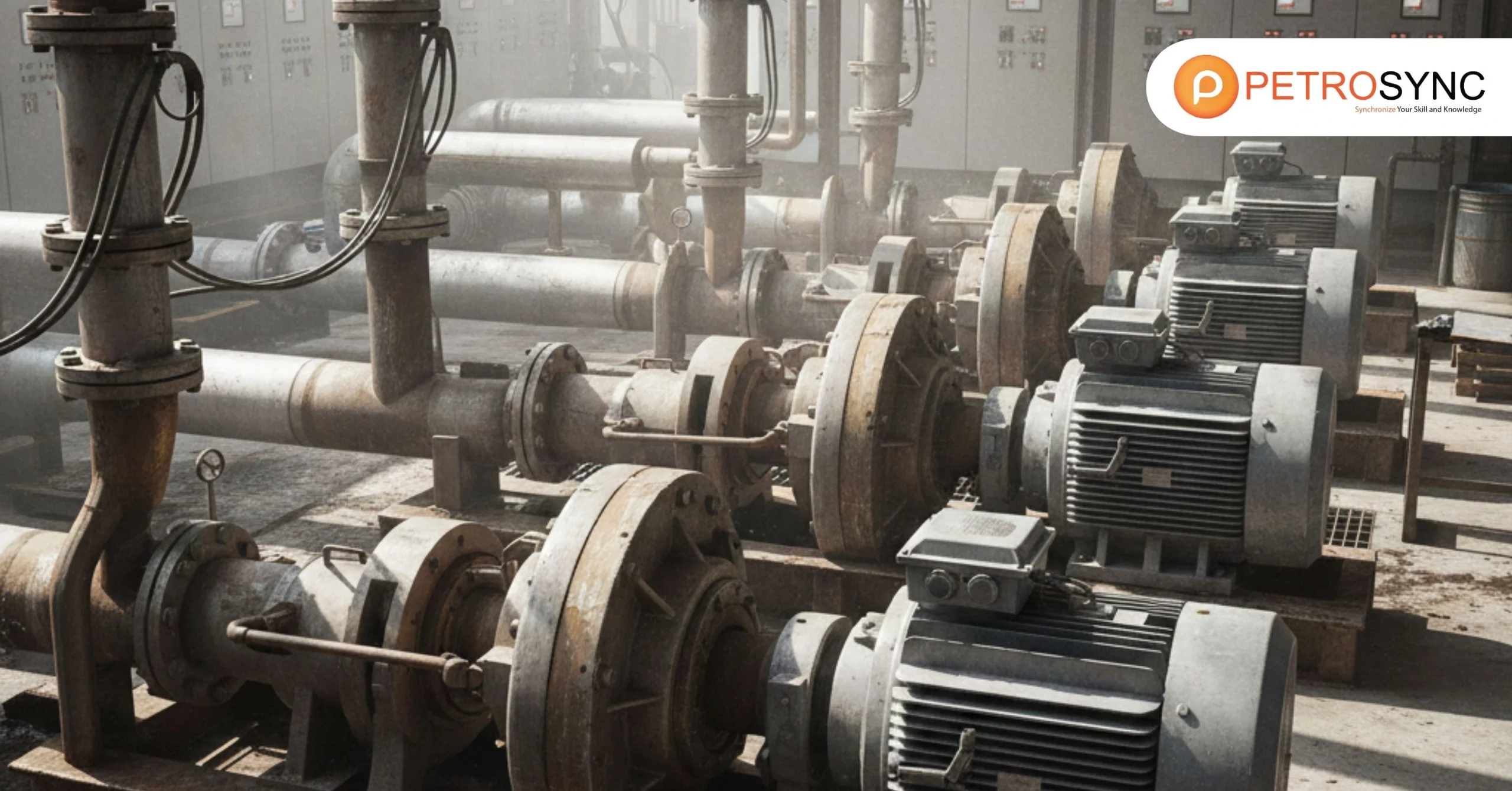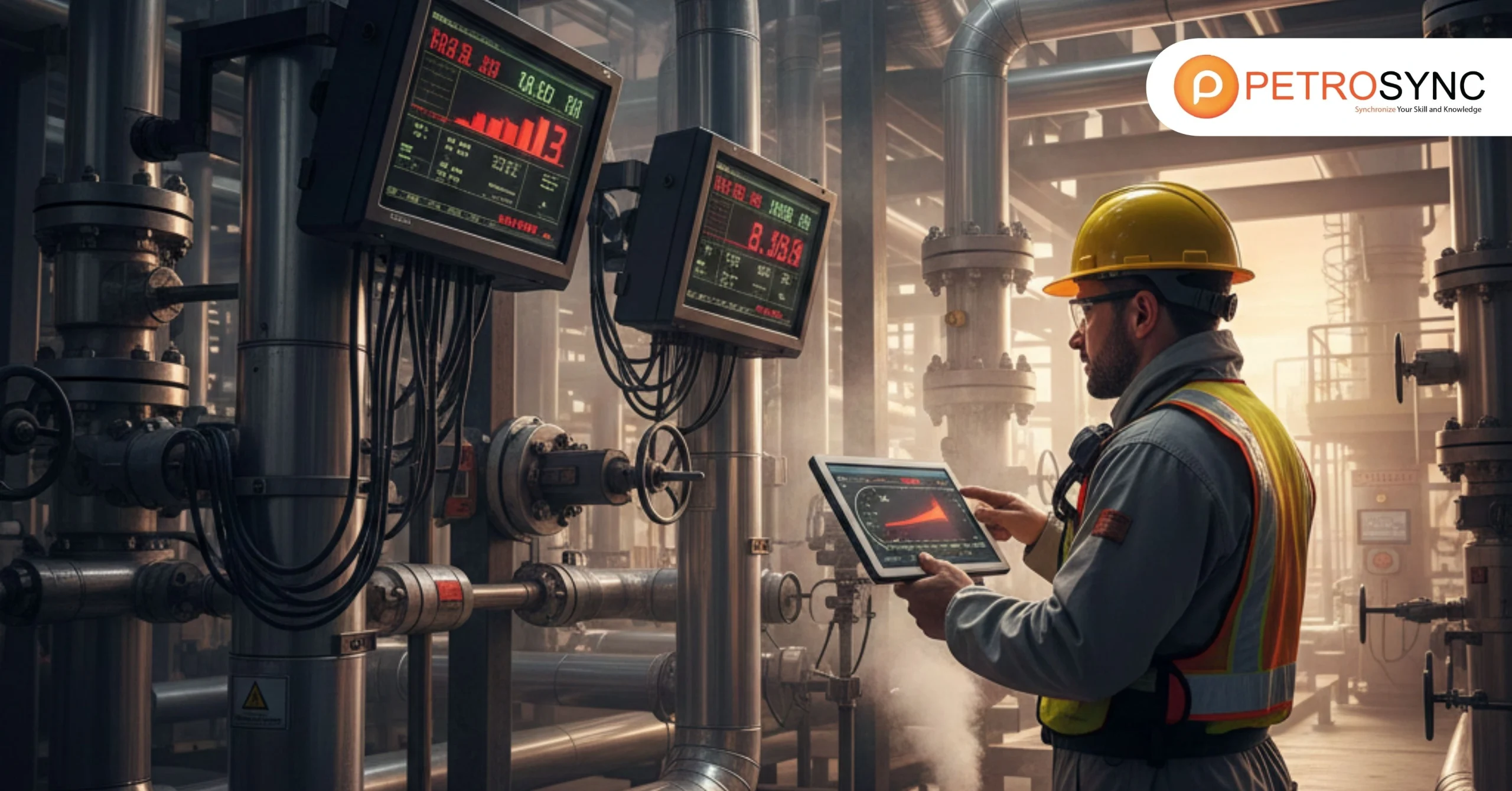The oil, gas, and petrochemical industries rely significantly on pressure vessel to operate safely. Professionals having an API 510 certification are highly recognized in these industries since it confirms their experience in inspecting, repairing, and maintaining pressure vessels in accordance with established standards.
Enrolling in an API 510 training course can be a game-changer, offering a pathway to both career growth and skill enhancement. In this article, we’ll cover the essentials of the API 510 standard, the API 510 exam, and how PetroSync’s API 510 training program can set you on the path to certification success.
What Is API 510?
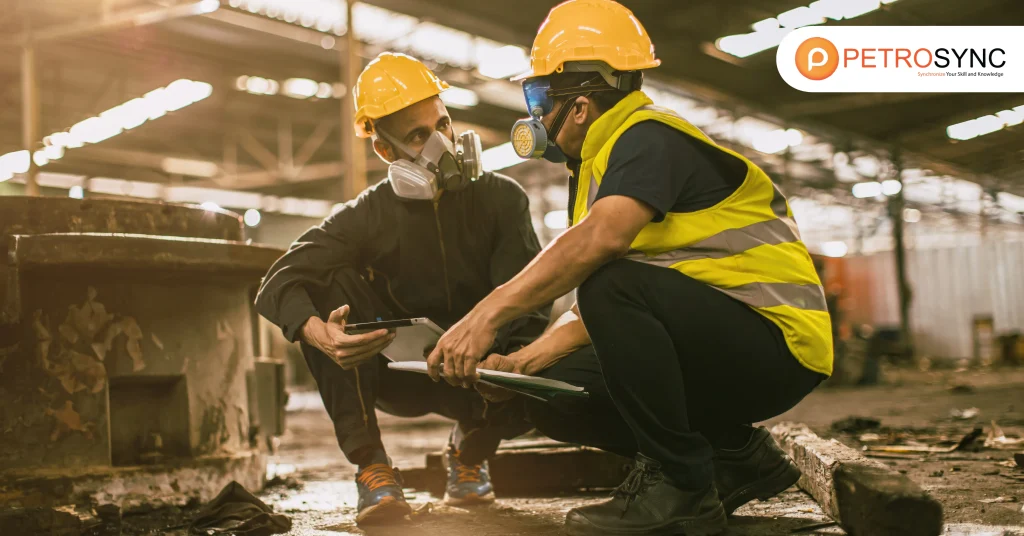
API 510 is a standard produced by the American Petroleum Institute (API) for pressure vessel inspection, maintenance, and repair in the oil, gas, and petrochemical industries. This standard is critical for sectors that rely heavily on pressure containers for daily operations. Failures in these vessels can lead to operational hazards and financial losses.
The API 510 standard outlines guidelines that help professionals ensure the safety, reliability, and longevity of pressure vessels. Obtaining the API 510 certification demonstrates an inspector’s knowledge of industry standards, safety protocols, and best practices in API 510 pressure vessel inspection.
For individuals working in high-stakes environments, API 510 requirements validate their capabilities in upholding safety and operational efficiency.
What Is API 510 Courses?
These courses cover a wide range of topics, including API 510 inspection methods, risk assessment, maintenance plans, and the API 510 body of knowledge. Most API 510 training courses contain practical exercises, mock tests, and API 510 study materials to help students prepare for the exam.
Completing an API 510 training course from a recognized source, such as PetroSync, enables professionals to stay current with industry standards and improve their inspection capabilities.Whether you already work in the business or plan to enter it, organized API 510 training provides the additional knowledge required to satisfy industry standards.
Furthermore, topics such as the API 510 effectiveness sheet and the API 510 newest edition are routinely covered to bring professionals up to date on any latest changes or updates to standards.
Is There an API 510 Certification?
Yes, the API 510 certification is available for professionals who pass the API 510 exam offered by the American Petroleum Institute. This certification is widely recognized and serves as a testament to an individual’s competence in inspecting and managing pressure vessels. The API 510 exam covers various essential topics, including damage mechanisms, safety regulations, and API 510 inspection procedures.
Because the API 510 certification exam is rigorous, candidates often rely on API 510 courses and API 510 study materials to prepare effectively. Certified inspectors must renew their credentials periodically, ensuring they remain updated with the API 510 latest edition and continue to meet the industry’s evolving standards.
What Is API 510 Courses Objective?
- Successfully pass the API 510 pressure vessel inspector certification exam
- Effectively use major codes: ASME B&PV Sections V, VIII, & IX
- Perform all basic vessel calculations needed for the API exam (e.g. min, test pressure, MAWP, static head, MDMT, corrosion rates, remaining life, etc.)
- Use API’s requirements during inspection, repairs, and alterations of pressure vessels
- Review welding procedures (WPS/PQR) and welder performance qualifications (WPQ)
What Is API 510 Courses Outlines?
Day 1 of API 510 Training
Module 1
- Welcome and Introduction Overview of API 510 Course
Module 2: Joint Efficiency
- Weld Joint Categories from UW-3;
- Type of radiography (full, spot, or none, RT-1, RT-2, etc.)
- Joint efficiency by reading Table UW-12)
- Joint efficiency for seamless heads and vessels Sections per UW-12 (d); and
- Joint efficiency for welded pipe and tubing per UW-12 (e)
Module 3: Thickness Calculations
- The required thickness of a cylindrical shell (UG-27(c)(1));
- The vessel part MAWP for a cylindrical shell
- The required thickness of a head-Hemispherical, Ellipsoidal, torispherical
- The vessel part MAWP for a head
Module 4: Static Head
- Calculate static head pressure on any vessel part
- Calculate total pressure (MAWP + static head) on any vessel part
- Calculate maximum vessel MAWP given vessel parts MAWP and elevations
Module 5: External Pressure and Impact Testing
- Calculate the maximum allowable external pressure
- Calculate whether a cylindrical shell meets the Code design for external pressure.
- Determine the minimum metal temperature of a material that is exempt from impact testing (UG-20 (f), UCS-66, UCS-68(c).
Day 2 of API 510 Training
Module 1: Pressure Testing
- Calculate a test pressure compensating for temperature. (UG-99 & UG-100)
- The precautions associated with hydrostatic and pneumatic testing,
- Steps in the hydro test procedure (UG 99 and UG 100)
- All steps in a pneumatic test procedure (UG 100 and UG 102)
Module 2: Weld Size For Attachment Welds at Openings
- Conversion of a fillet weld throat dimension to leg dimension, the conversion factor(0.707)
- Determine the required size of welds at openings (UW-16).
Module 3: Nozzle Reinforcement
- Key concepts of reinforcement, such as replacement of strength and limits of reinforcement.
- Credit for the extra metal in the shell and nozzle
- Calculate the required areas for reinforcement
Module 4: Scope of API 510
- General Application
- Specific Applications
- Recognized Technical Concepts
- References
Module 5
- Definitions and Owner/user inspection organization
- General
- Owner/User Organization Responsibilities
Day 3 of API 510 Training
Module 1: Inspection, Examination, and Pressure Testing Practices
- Inspection Plans
- Risk-based Inspection
- Preparation For Inspection
- Inspection For Types Of Damage Modes Of Deterioration And Failure
Module 2
- General Types Of Inspection And Surveillance
- Condition Monitoring Locations
- Condition Monitoring Methods
Module 3
- Pressure Testing
- Material Verification And Traceability
- Inspection Of In-service Welds And Joints
- Inspection Of Flanged Joints
Module 4: Interval/frequency and extent of inspection
- General
- Inspection During Installation And Service Changes
- Risk-based Inspection
- External Inspection
- Internal And On-stream Inspection
- Pressure-relieving Devices
Module 5: Inspection data evaluation, analysis, and recording
- Corrosion Rate Determination
- Remaining Life Calculations
- Maximum Allowable Working Pressure Determination
Module 6
- Fitness For Service Analysis Of Corroded Regions
- API RP 579 Fitness For Service Evaluations
- Required Thickness Determination
- Evaluation Of Existing Equipment With Minimal Documentation
- Reports And Records
Day 4 of API 510 Training
Module 1: Repairs, alterations, and rerating of pressure vessels
- Repairs And Alterations
- Authorization
- Approval
- Materials Requirements
- Welding Requirements
Module 2
- Heat Treating Requirements
- Preheating
- Post-weld Heat Treating
- Local Post-Weld Heat treatment
- Repairs to Stainless Steel Weld Overlay and Cladding
- Rerating
Module 3
- Introduction to ASME Sec. IX
- Welding Procedure tests
- Performance qualification tests
- Acceptance criteria
- Welding positions
- P-No, F-No, and A-No.
- Review of Welding Procedure Specification (WPS); and Procedure Qualification Record (PQR)
- Determine:
– Whether the number and type of mechanical test listed on PQR are appropriate
– Whether the results of the tests are acceptable
– Whether all required essential and non-essential variables have been properly addressed.
Day 5 of API 510 Training
Module 1: API RP 576, Inspection of Pressure-Relieving Devices
- Description of Types — (API RP-576, Section 2)
- Causes of Improper Performance (API RP-576, Section 4)
- Reasons for Inspection and Frequency Determination (API RP 576, Sections 3 & 5)
- Inspection and Test Service Procedures (API RP-576, Sections 6 and 7)
Module 2
- Article 1, General Requirements:
- Article 2, Radiographic Examination
Module 3
- Article 6, Liquid Penetrant Examination
- Article 7, Magnetic Particle Examination (Yoke and Prod techniques only):
- Article 23, Ultrasonic Standards, Section SE–797
Module 4: API RP 576, Inspection of Pressure-Relieving Devices
- Description of Types (API RP-576, Section 2)
- Causes of Improper Performance (API RP-576, Section 4)
- Reasons for Inspection and Frequency Determination (API RP 576, Sections 3 & 5)
- Inspection and Test Service Procedures (API RP-576, Sections 6 and 7)
Module 5 (1 hour + 1 hour discussion)
- Practice Examination-Open Book Practice Examination-Closed BookFeedback and Closing
Who Should Attend API 510 Courses?
This course will specifically benefit Engineers, Supervisors, and Managers from the following disciplines:
- Mechanical Engineering
- Inspection
- Maintenance & Operations
- Technical & Engineering
- QAQC
and technical personnel with 2-3 years of experience in the management and planning of inspection and maintenance activities of pressure vessel systems at upstream oil & gas facilities, refineries, process plants, and petrochemical facilities.
PetroSync API 510 Course: Your Path to Certification Success
PetroSync offers a comprehensive API 510 training course designed to fully prepare professionals for the API 510 certification exam. With expert instructors, practical training sessions, and access to industry-relevant resources, PetroSync’s API 510 course provides a well-rounded learning experience that enhances both theoretical knowledge and practical skills in API 510 pressure vessel inspection.
The PetroSync API 510 course is tailored to cover all necessary topics for certification success, including inspection techniques, failure prevention, and API 510 requirements. With a focus on real-world applications, PetroSync’s program is ideal for individuals looking to gain a competitive advantage in their careers.
For those concerned about the API 510 course fee or API 510 price, PetroSync provides various course options to suit different learning needs and budgets, ensuring accessibility for professionals aiming to advance their credentials.

Results-oriented and thorough SEO specialist with extensive experience in conducting keyword research, developing and implementing digital website promotion strategies and plans, managing campaigns to develop company websites in the digital world, excellent knowledge of marketing techniques and principles, and attentive strong attention to detail.

